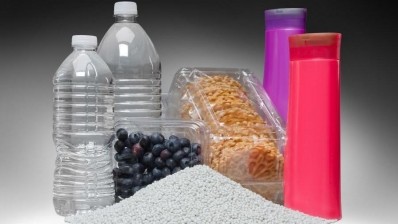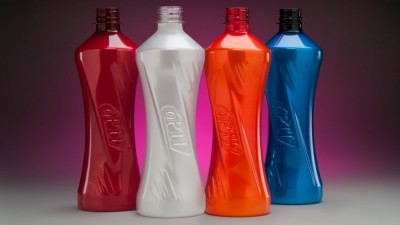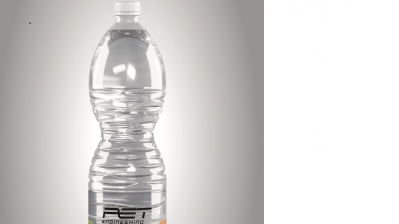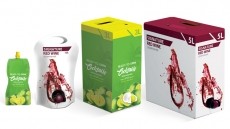App sorts out PET packaging recyclability

Plastic Technologies Inc.’s (PTI) PET Packaging Recycling Calculator for iPhone and Android smartphones calculates the recyclability of polyethylene terephthalate (PET) food containers, beverage bottles or other packages. The tool assists in ascertaining a package’s compatibility with recycling systems, and its impact on recycled PET (rPET) production.
Ron Puvak, director of business development and marketing, discussed with FoodProductionDaily.com the ins and outs of PET recyclability, and how the PTI app can help users make sense of the complicated issue.
What factors can affect a PET package’s recyclability or environmental impact?
A variety of individual factors or a combination of factors can contribute to recycling stream incompatibility--label adhesives that can’t be separated from the bottle, additives with color attributes, secondary components such as closures that can’t easily be separated, and so on. Each PET package has its own attributes and needs to be reviewed individually for recycle stream compatibility.
What needs in the packaging arena does this fulfil?
There is an ongoing effort in the packaging community to make environmentally-responsible decisions when sourcing packaging components. For more than a decade now, polyethylene terephthalate (PET) bottles have been collected and processed into recycledPET (rPET).
The current concern is that new materials entering the market may cause problems in the recycling stream, including increasing the yellowness and/or haze of recycled PET. This is why it is important to test various packaging components for recycling stream compatibility early in the development process.
The question that we all need to address: What is going to happen to that bottle or PET package when it is time to dispose of it? Should the consumer include it with their recyclables? Can it be easily sorted using today’s manual and automated processes? Can it be turned into high quality rPET or will it contribute to the degradation of the recycled material supply?
Based on the input provided, this app will indicate if recycle guidelines appear to be met; some components appear to be problematic for recycling; or the package appears to be problematic for recycling.
Why did PTI produce this tool?
PTI has three decades of experience in engineering PET containers for a wide variety of beverage, food and other applications for major global brand owners. The company holds multiple technology patents in this field and has been the silent partner in many successful product launches.
Secondly, PTI is one of only two U.S. companies approved by the Association of Postconsumer Plastic Recyclers (APR) to provide testing services in conjunction with the organization’s critical guidance documents. The voluntary screening guidelines help companies understand the approximate effect that their material or container might have on the quality of the rPET stream.
The APR’s objective is to enhance the quality and quantity of postconsumer plastic packaging materials.
What kinds of businesses and personnel is this suited for?
The PET Packaging Recycling Calculator is an ideal tool for brand owners, packaging engineers, plastic processors, resin producers and anyone else involved in the PET packaging supply chain. The app acts as a “back of the envelope” assessment as to the potential recyclability of a PET package.
Tell us how the app works?
Users go through a series of screens either answering yes, no or maybe or selecting an answer from a scroll dial before being given their results. The process starts by selecting the PET resin type from listed options.
Then the user indicates if the package is multilayer (if so, a second material is selected). Next up is whether or not additives, coatings or labels have been used (if so, what type), does the label release in a hot caustic wash, do inks bleed or transfer onto the PET during the wash, does the container have a closure, seal, other attachments (if so, what material) and do they float in water.
Users are then taken to a summary screen where they have the opportunity to modify any of their previous answers. When they are finished, they press the submit button which takes them to a conclusions screen.
Answers fall into one of three categories: recycle guidelines appear to be met; some components appear to be problematic for recycling; or your package appears to be problematic for recycling.
What if the user finds out their PET package doesn’t meet standards—what’s next?
The app gives users a good indication of what category their PET package falls into. However, it doesn’t provide precise answers. If the package falls into one of the two “questionable result” categories, the ideal next step is to conduct formal testing in accordance with the Postconsumer Plastic Recyclers (APR) critical guidance documents.
That testing protocol will identify the problematic components. Once that data is obtained, then decisions/modifications can be made to the PET package so that it does meet recycling guidelines.
For more information on the calculator, visit the PET website at www.plastictechnologies.com.















